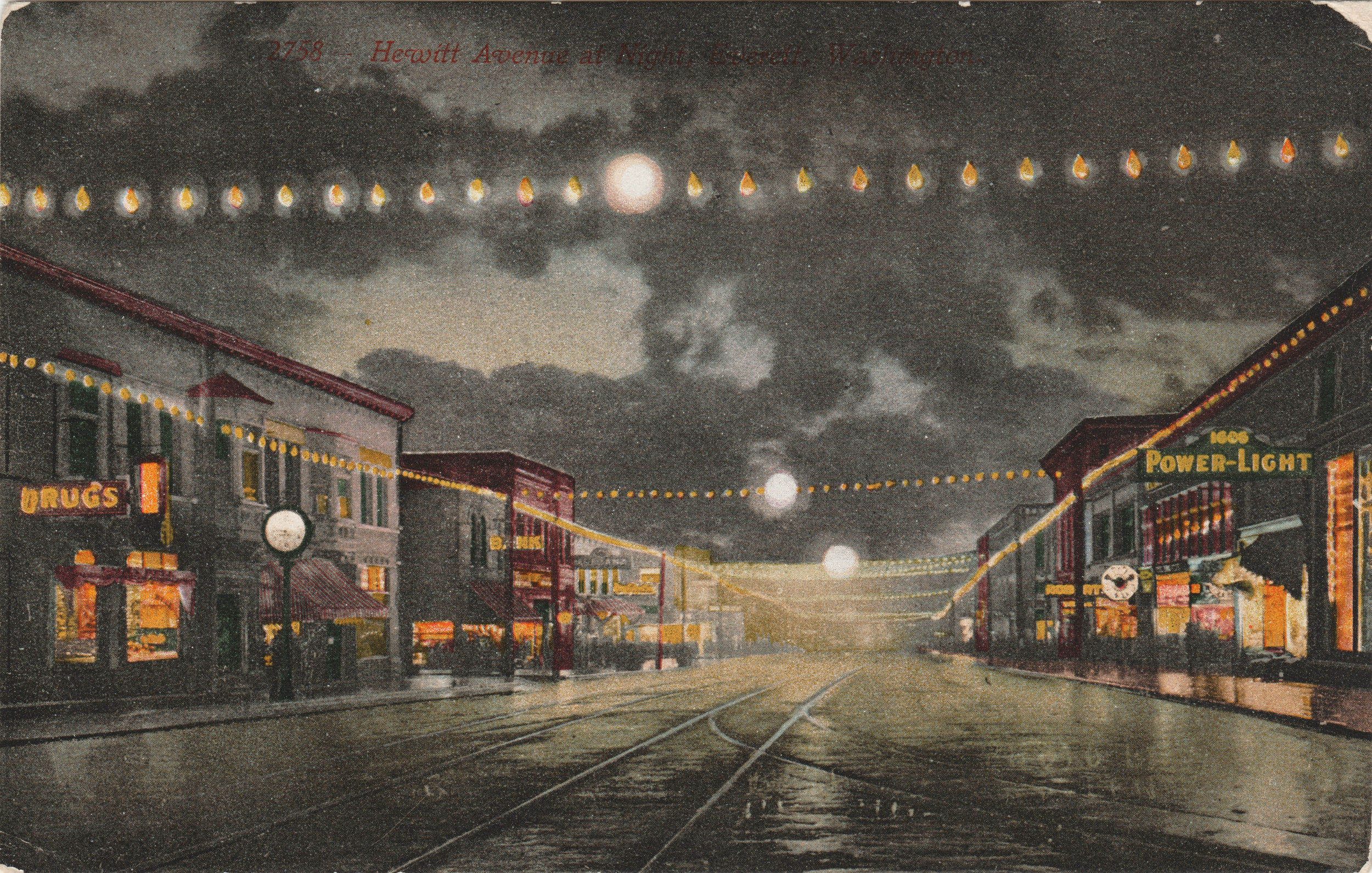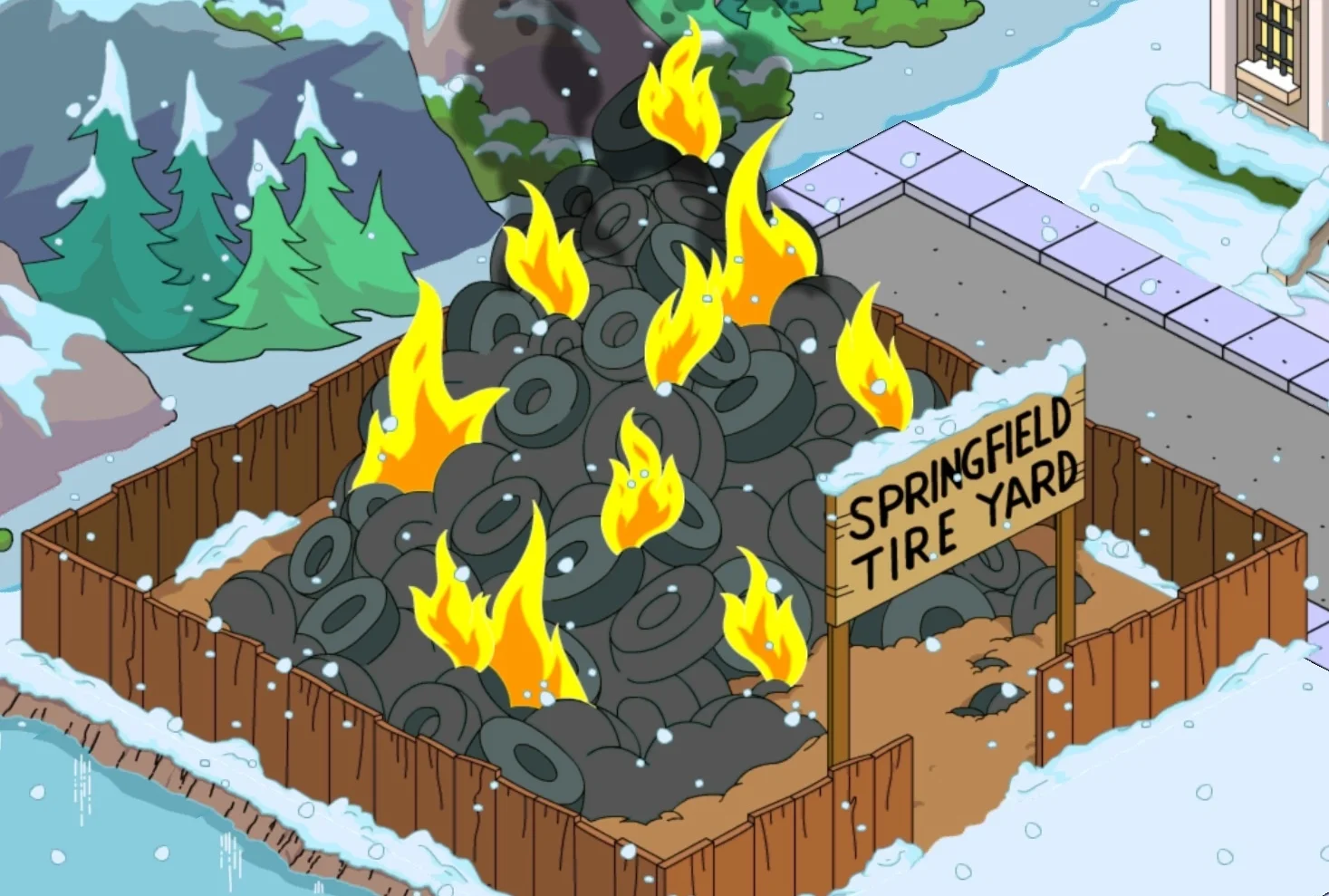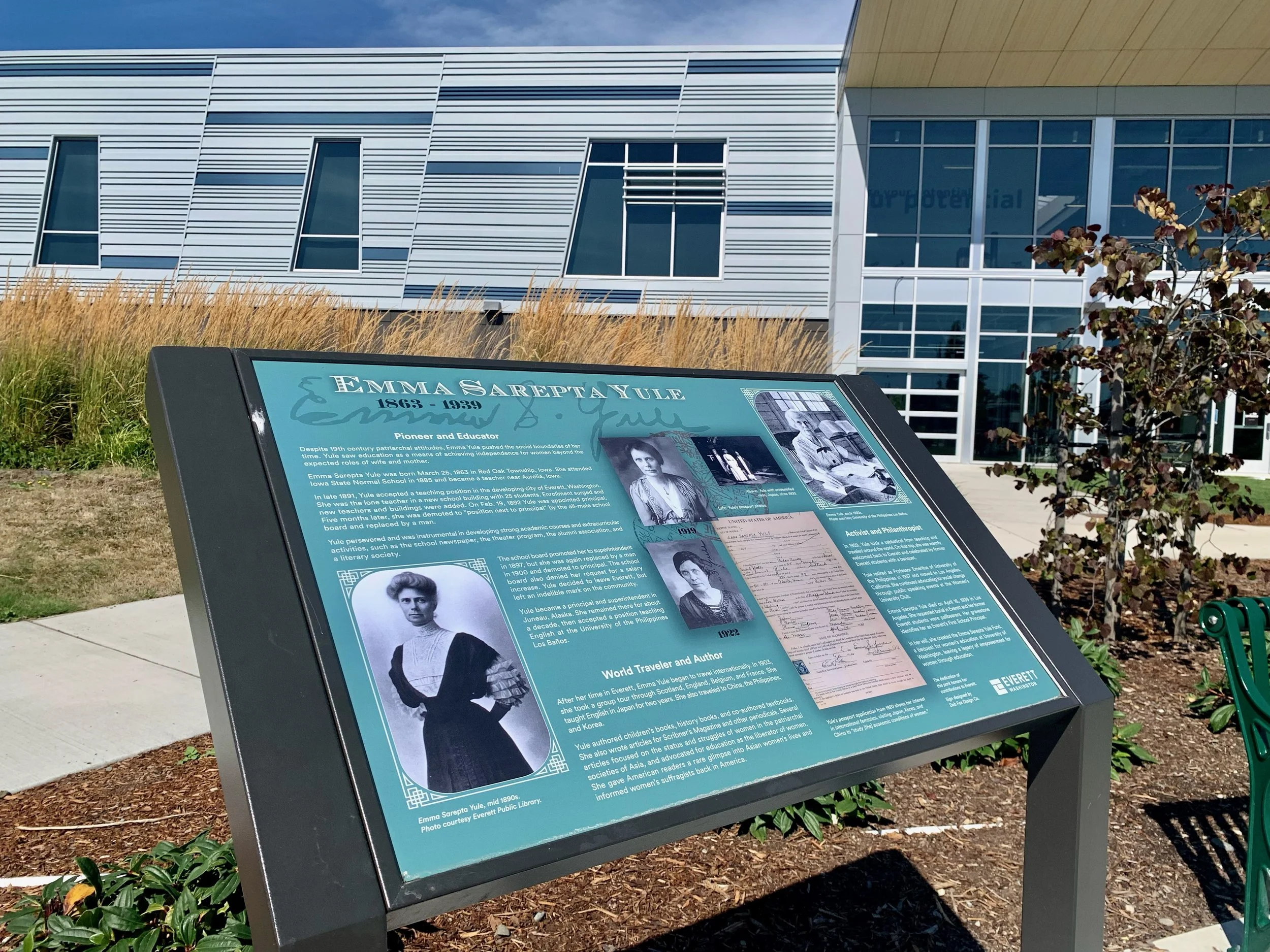The Image Collector, Susan, and God: Two Everett Women Artists & Their Enduring Friendship
Editor’s note: Originally published April 9 2019. Republished March 18, 2021.
Everett High School’s Class of 1930 yielded three noteworthy and nationally-recognized figures: one politician and two artists.
The politician is the famous Henry M. “Scoop” Jackson, who has received his due on this blog.
Today I want to give credence to two women artists in question: Marjorie Duryee and Nancy Coleman. They’re all but forgotten these days, but their resumes are quite impressive for being from a lowly mill town.
MARJORIE DURYEE
As a child, Marjorie Duryee was sick a lot. Her family doctor recommended lots of outdoor play, so young Marjorie took off into the woods at the north end of the then-wild Everett peninsula.
She impulsively cut her red hair with scissors. She was a streak of energy, by all accounts, and she rarely stopped moving in pursuit of her muse.
Throughout the course of her life, she was a painter, a photographer, a self-publisher of nine volumes of poetry (see called her books the Image Collector series) and international correspondent for the Everett Herald.
Marjorie Duryee with Leica camera // Unknown
Marjorie moved at an incredibly fast rate through life, wheeling across continents, through the Panama Canal, living in Japan, New Guinea and Manila. She lived in Europe before fleeing the Nazis. She worked as a journalist for the Red Cross during World War II and also took photos of her home town’s lumber industry, highlighting how Everett, Washington contributed to the international war effort.
Photo of Weyerhauser Mill B by Marjorie Duryee, taken as a part of the war effort to show local industry in action
Marjorie was remembered by her niece as being someone who bicycled through North Everett, snapping photos with her Leica film camera and developing the film herself in the DIY darkroom of her Rucker Hill family home. She was inspired to start painting in earnest after she visited the 1962 World’s Fair in Seattle. Many of her paintings were exhibited in downtown Everett in art galleries of yesteryear.
Boy With Train by Marjorie Duryee // Courtesy of the Duryee Estate Collection
The subject of a lot of Marjorie’s photographs was her friend, fellow 1930 EHS graduate, and fellow artist Nancy Coleman.
NANCY COLEMAN
Growing up, Nancy Coleman, who also had red hair, was the star of many Everett theater productions. Her dad was the editor of the Everett Herald for thirty years. After graduating EHS in 1930, Nancy went to the University of Washington for acting but dropped out in the midst of the Great Depression. By her own admission, she had decided she didn’t have what it took to be a convincing ingenue.
Nancy Coleman’s name in lights on the marquee at the Everett Theater, 1942 // Unknown
Nancy moved to San Fransisco to pursue voice acting. She found a job working as an elevator operator (sounds like a cool job from where I’m sitting here in 2019) when she was “discovered” working the elevator gig. From there she did stage and radio work in New York and got her big break with the Broadway show “Susan and God”—the first Broadway show to be broadcast live from a studio via the RKO radio tower (the “streaming platform” of its day).
From there, Nancy Coleman went on to an acting career where she appeared on the silver screen opposite Kirk Douglas and Errol Flynn. She starred in twelve major motion pictures for Warner Brothers in Hollywood.*
Portrait of Nancy Coleman by Marjorie Duryee. Nancy and Marjorie were both Everett High School graduates in the Class of 1930, and the two successful artists would remain friends throughout the decades—with Marjorie acting as unofficial photographer of actress Nancy
I think there’s a lot to be learned from these prominent female figures from our history.
Marjorie Duryee and Nancy Coleman are proof that you can be an artist from Everett and still inspire audiences on a national level. You can be from a little lumber town and still burn bright with creativity.
My interest in these figures is the same interest I have for all renaissance people—people who grow up in small societies and wear multiple hats, as needed.
(What is it about Everett that creates artists? Is it the natural beauty of the mountains, the water? The fresh air of the sea?
There is something here if you look for it. It’s the role of the artist to manifest these latent vibes into concrete beauty for the appreciation of others.)
I think it’s also worth noting that Marjorie and Nancy remained friends across the decades, supporting each other as women and artists—something very progressive and much needed, particularly in their society and time.
What’s badass in an artist isn’t always their aptitude of their camera or their acting chops—so often it’s they treat their fellow humans as they aspire to bring out the best in themselves and those around them.
Photo of Nancy Coleman 1940s. Photo by Marjorie Duryee
*Interesting side note. Actors (especially female actors) in the early 20th Century were all but owned by the studio companies that held their contracts. Nancy Coleman was on a trajectory to be a famous Hollywood star, as evidenced by the fact that Warner Brothers purposely cast her in A-list movies alongside other box office stars like Ronald Reagan. When Nancy met her future husband and decided to have a family, Nancy was placed on probation by top brass at Warner Brothers and was “released from her contract.” Her on-screen career never regained momentum thereafter.
Special thanks to Margaret Riddle for compiling most of the information in this article. and the League of Snohomish County Heritage Organizations.
Richard Porter is a writer for Live in Everett.




























